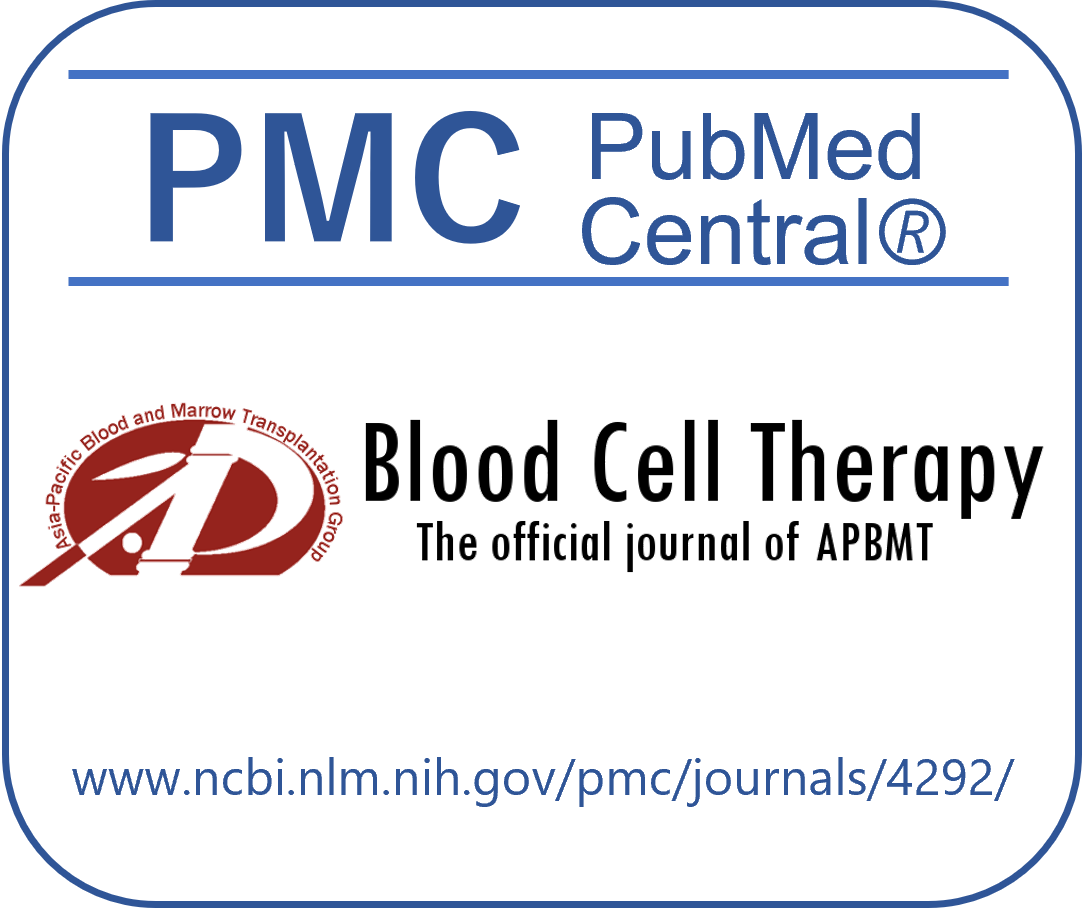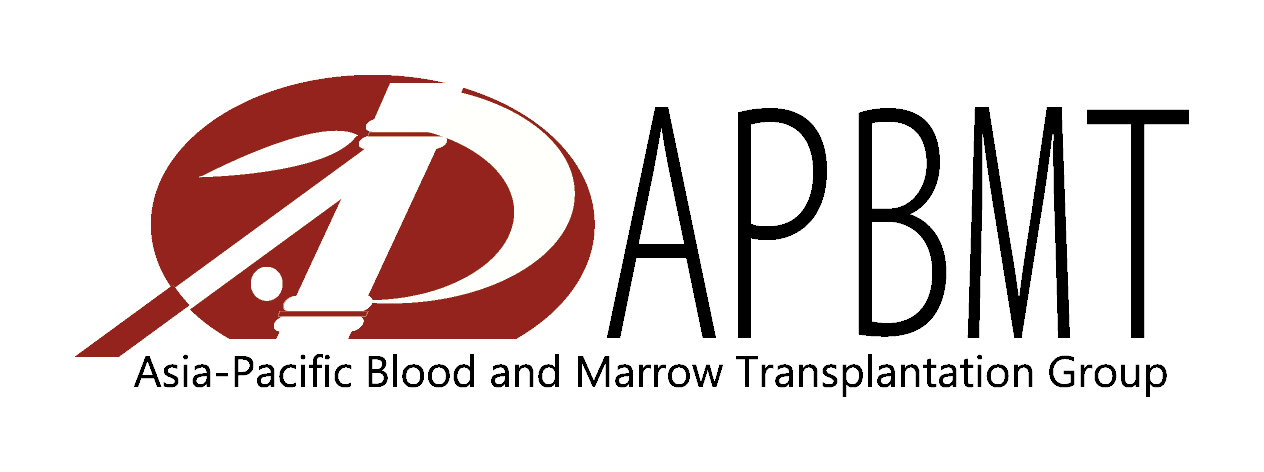Online First
Abstract
Despite advances in lymphoma treatment, autologous hematopoietic stem cell transplantation (auto-HCT) remains essential in regions with limited access to novel therapies. Improved survival post-auto-HCT has led to an increased incidence of therapy-related myeloid neoplasms (t-MN).
We conducted a retrospective analysis of adult patients (≥18 years) who underwent auto-HCT for lymphoma at King Hussein Cancer Center in Jordan between 2003 and 2020 with the goal of evaluating characteristics and outcomes of patients developing t-MN post-auto-HCT.
We identified 407 patients with a median follow-up of 5.8 years. The median age at auto-HCT was 34.6 years, 54.9% were males, 65.3% had Hodgkin lymphoma, and 41.1% were refractory to first-line treatment. dexamethasone, ara-C, cisplatin (DHAP) was the most common salvage regimen (47.8%). At the time of auto-HCT, 39.7% were in complete remission. BCNU, etoposide, ara-C, melphalan (BEAM) was the most common conditioning regimen 91.9%. The 5-year overall survival (OS) was 64.4%.
Thirteen patients (3.2%) developed t-MN (5 acute myeloid leukemia, 8 myelodysplastic syndrome) with a median onset of 3.25 years post-auto-HCT. The median OS post t-MN diagnosis was 6 months. Patients with t-MN were older (p < 0.001), more likely to have non-Hodgkin lymphoma (p=0.023) and had more comorbidities (p=0.02). The most common cytogenetic abnormality was del (7) (46%), and TP53 was the most common molecular abnormality (15%). Age at transplant was the only significant predictor of t-MN (Hazard Ratio=1.162, p < 0.001) on multivariate analysis. t-MM accounted for 18.8% of non-relapse mortality (NRM).
t-MN significantly contributes to NRM post-auto-HCT. Age at transplant is the primary risk factor, highlighting the need for vigilant monitoring and risk mitigation strategies.
Search
News



